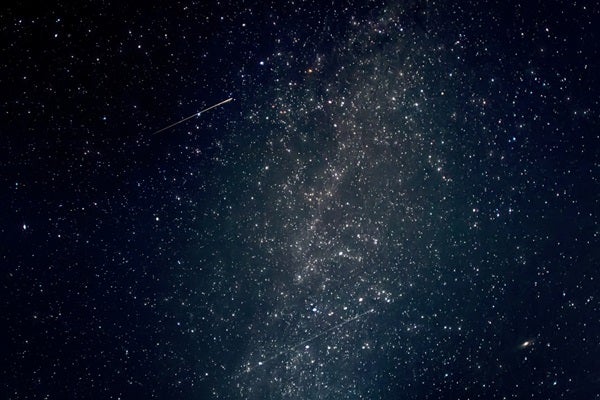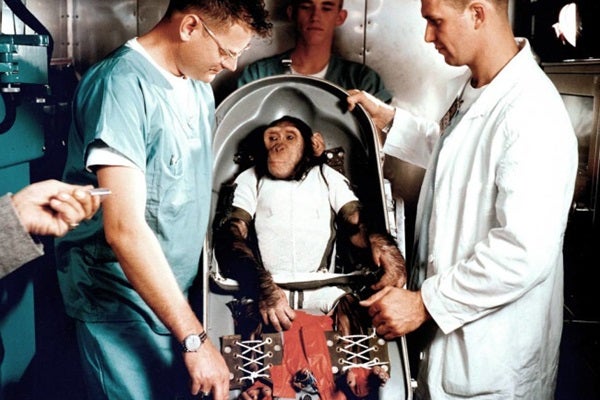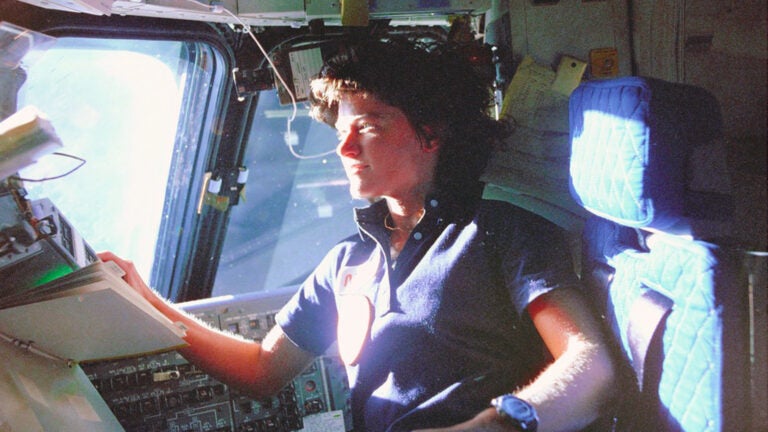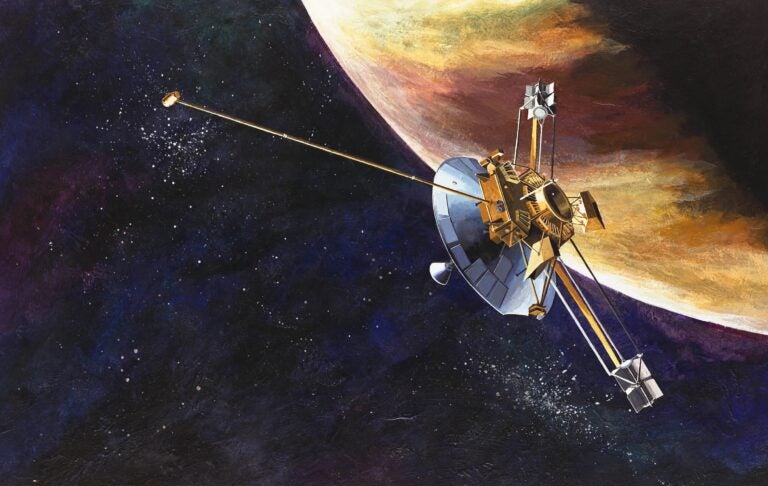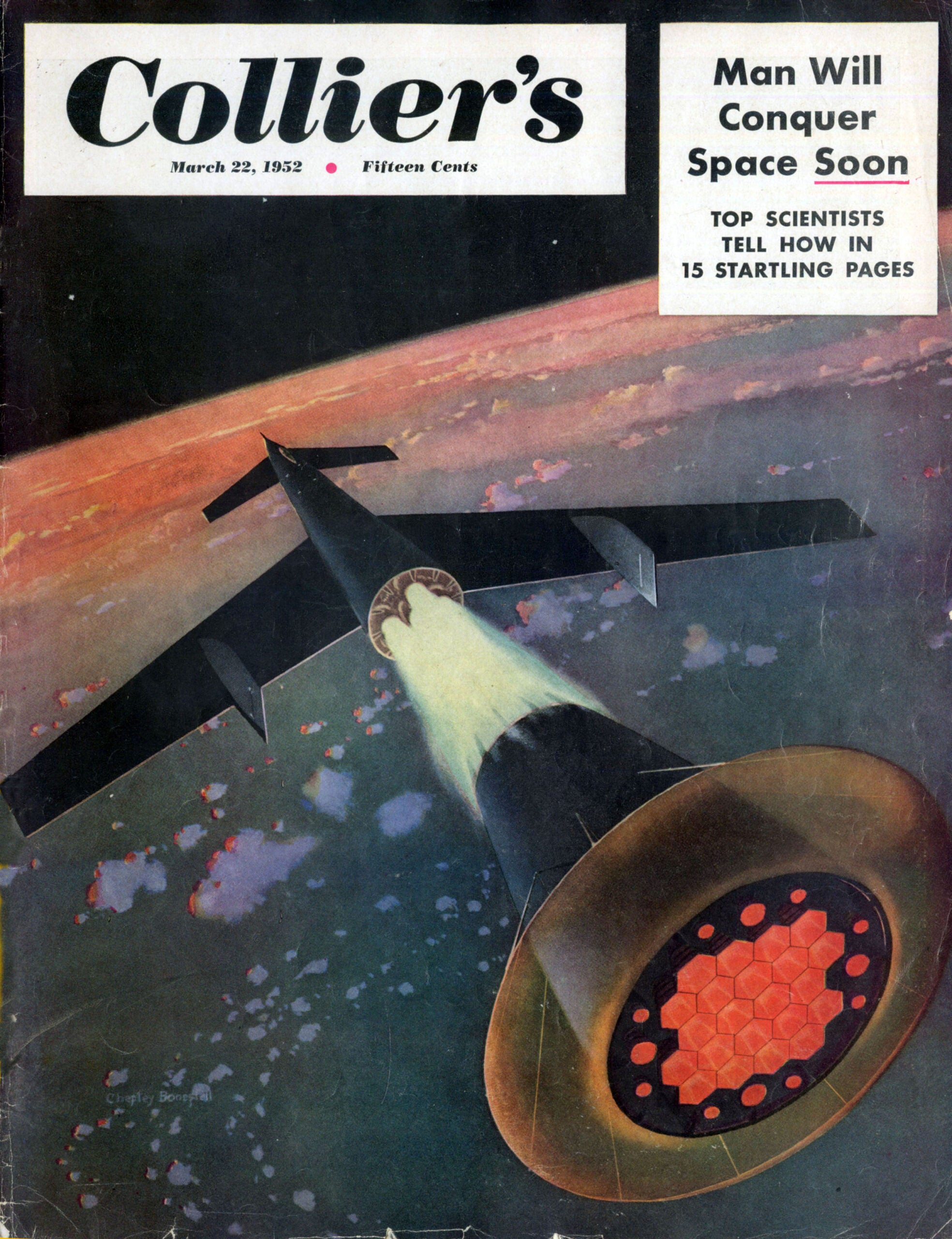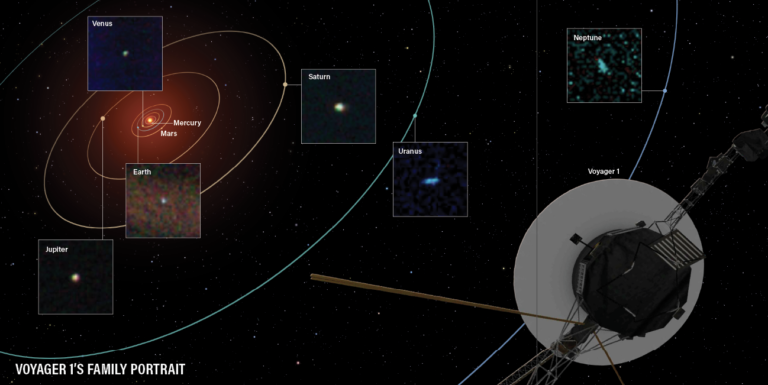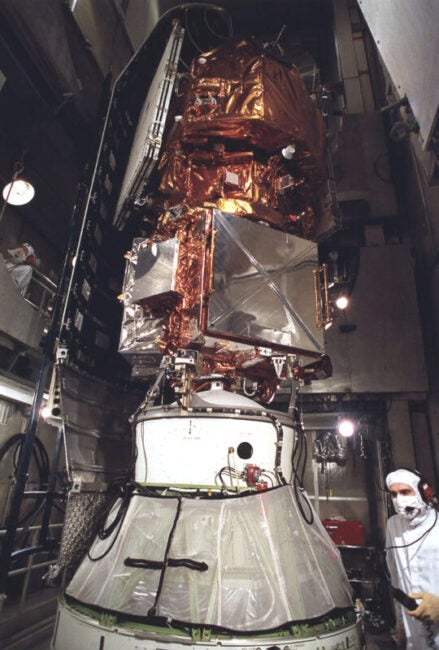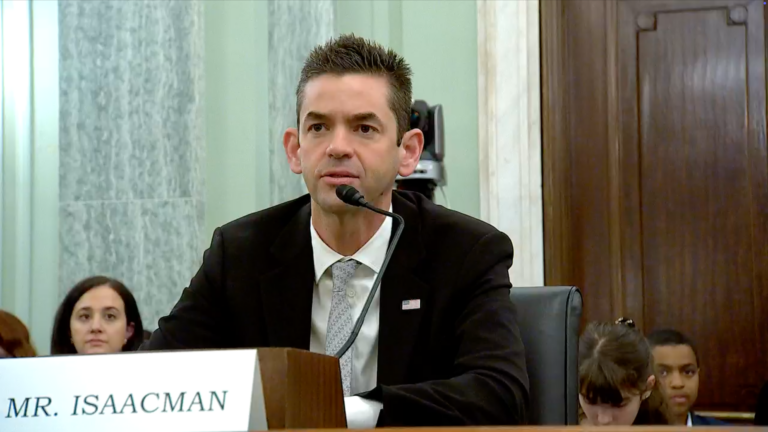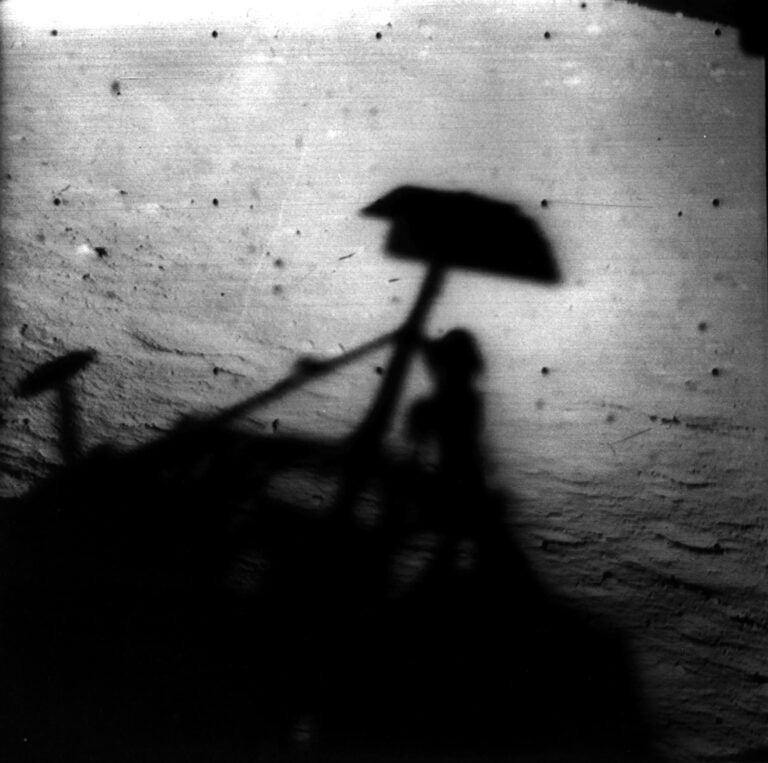Why did it deorbit so early? It turns out that because the Humanity Star was hollow, its low mass compared with its larger surface area caused it to experience more drag than anticipated, particularly in its already low-Earth orbit. That orbit was intentionally designed to decay over the course of months, but due to the larger-than-expected drag, the satellite dropped back to Earth much more quickly.
On the Humanity Star website, Rocket Lab’s CEO and founder Peter Beck wrote, “While the Humanity Star was a brief moment in human history, I hope the conversations and ideas it sparked around the world will continue to be explored. These are the conversations that will play a part in shaping how we collectively manage our planet and work together to solve the challenges facing us all.”
The Humanity Star was designed to flash as its 76 reflective panels caught the sunlight and briefly made it the brightest point of light visible in the night sky. Its swift orbit was meant to quickly whisk it out of view, leaving those who had caught sight of the light staring up in wonder. But some astronomers did express concern over the satellite’s potential to contaminate data as they searched for dim objects in a sky that is suffering from the ever-greater encroachment of civilization and its darkness-swallowing light.
Regardless of your feelings about the endeavor, the Humanity Star has come to an end. If you’re disappointed that you never got to see it, consider instead trying to catch the International Space Station as it streaks overhead as a true “humanity star” currently carrying six people as it orbits Earth every 90 minutes. You can visit NASA’s Spot The Station website for viewing opportunities in your area.

